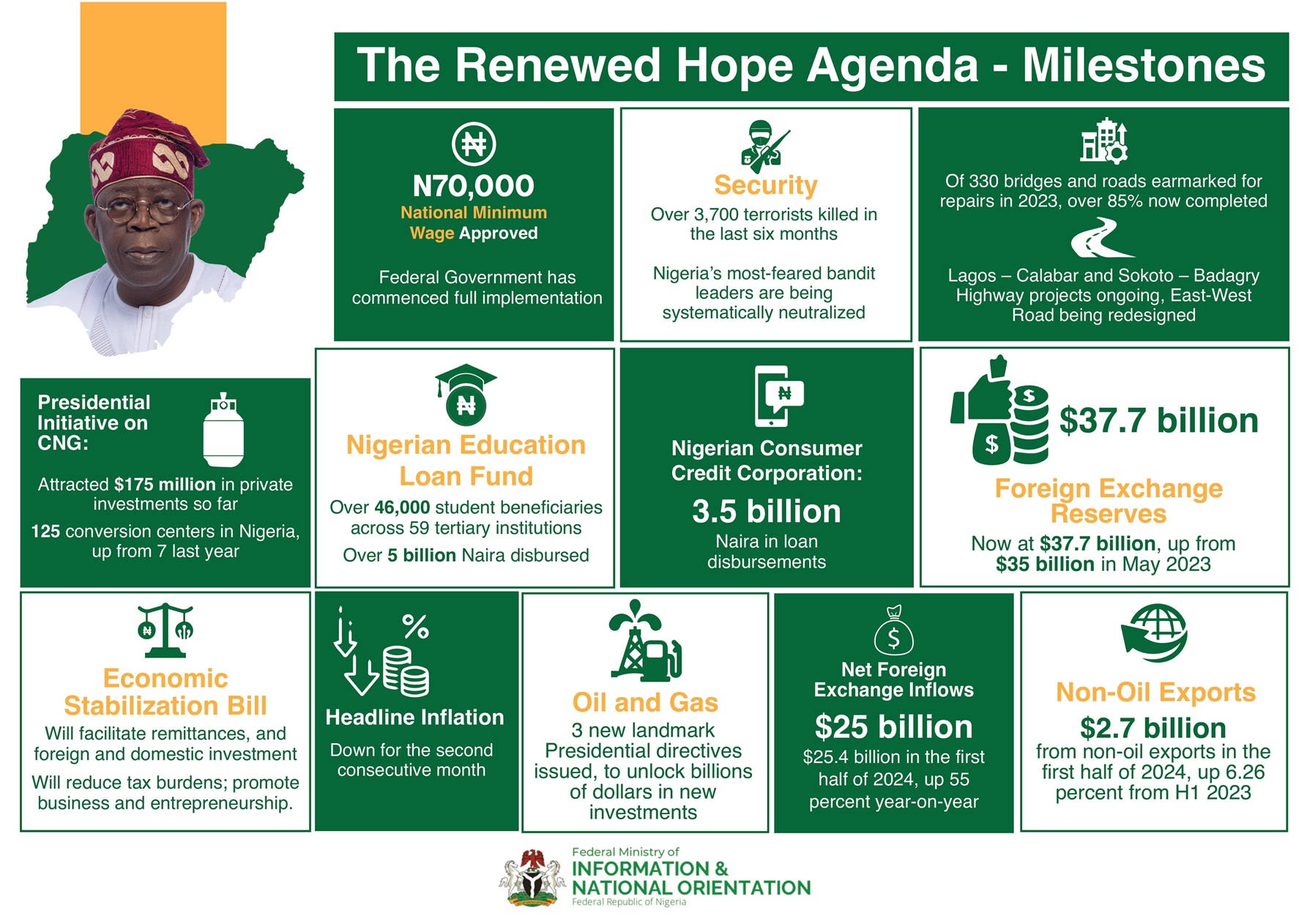New Mexico is home to part of the Permian play, the star of the shale industry and the place where oil production is growing at the fastest pace in the country. It is also the state whose new governor has one of the most ambitious emissions plans in the U.S.
Governor Michelle Lujan Grisham took office with two climate-friendly pledges: to make New Mexico’s electricity emission-free by 2045, and to curb methane emissions from the oil and gas industry more substantially than they are being limited now.
However, the oil industry is one of the biggest revenue contributors to the state, and it’s a major job creator. Bloomberg’s Rachel Adams-Heard reports that people whose businesses depend on customers from the Permian are strongly opposed to any tighter methane regulations for fear their customers would go across the state border to Texas, where regulations are laxer.
The Governor is aware of the challenges, according to Adams-Heard: “It’s a juxtaposition for sure,” Lujan Grisham told her. “I think the trap for too many elected individuals around the country is that they’re asked by some constituent group to pick one, and I’ve said New Mexico is going to pick every single opportunity and then be responsible at the same time.”
This sounds like the attitude demonstrated by Alberta’s former Premier Rachel Notley, whose government tried to juggle emissions-cutting measures and support for the oil industry, which is vital for the province. The results of the latest vote suggested the NDP government had failed at the latter.
It’s still early days and Lujan Grisham and her team have yet to hammer out the details of how they would approach the emission-tightening without scaring oil workers way or rousing the wrath of environmentalist groups.
The former problem may be the bigger one. Despite the steady and impressive growth in oil production across the Permian, this is not the best of times for the industry there. It is that same growth in production that has pushed oil prices lower, eating into bottom lines. Yet, this production growth has also pushed gas prices so low they have on several occasions this year slipped into negative territory.
In this situation, when there are not enough pipelines to transport the gas to storage and not enough demand to use it, what producers are doing is flaring. The gas produced in the Permian is overwhelmingly associated gas, the kind that is released along with the oil from a fracked well. Even if you don’t want it, you get it, and most of it is methane. When you have nothing else to do with it, you flare it. Gas flaring in the Permian hit a record high in the first quarter of the year.
Although it appears to be a wasteful, harmful practice, flaring is apparently the better option than releasing the methane directly into the air. However, the way things stand with the unwanted production of associated gas, any tightening of the methane emissions regulation in New Mexico will have an immediate effect on the industry, which is already complaining about it.
“The production is better here than in Texas,” one industry insider told Bloomberg’s Adams-Heard. “But the oversight that they have here is such a pain in the ass. Every minute they make it a little harder.”
Again, this is reminiscent of the Canadian oil sands industry, which has largely blamed the government and regulators for the difficult state of affairs in the business. Yet New Mexico’s position is more difficult because of the ambitious climate change agenda.
So far, no state has managed to balance between continuing to support the oil industry and cutting emissions. In fact, those with the most ambitious climate change agendas—California, Washington, and New York, among others—have openly condemned the oil industry. The difference is, oil and gas production is not as vital for these states as it is for New Mexico.
- By Irina Slav for Oilprice.com, August 27, 2019

